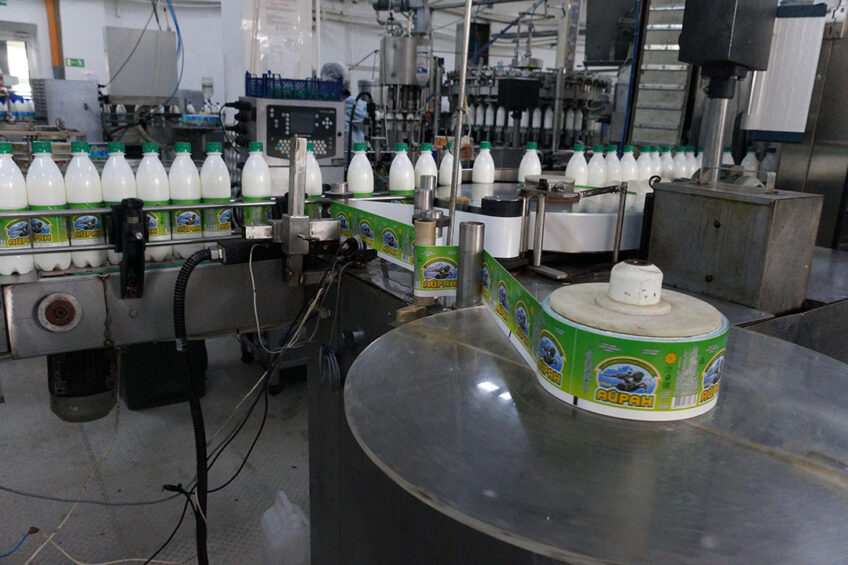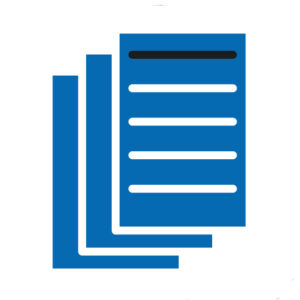Russia-Ukraine war continues – what does it mean for dairy?

The war in Ukraine has passed the 1-year mark, but there is no clarity on when and how the conflict will eventually end, which leaves more questions than answers about the future of the dairy industry.
Since early March, Western sanctions have put the Russian dairy industry’s stability to the test. The first problems emerged in the packaging segment, especially after Tetra Pack announced its decision to curtail operations in the country.
In Russia, nearly 600 companies used Tetra packaging, estimated Ivan Fedyakov, general director of the Moscow-based think tank Infoline Analytics. Leaving the country, Tetra Pack passed its Russian plant to local management, which failed to keep the quality of the released products at the same level, Fedyakov admitted, adding that there are also complaints about the stability of supplies.
Tetra Pack was not alone in its decision to sever ties with Russian customers. The withdrawal of Finnish Stora Enzo and Norwegian Elopak proved to be an additional blow to the already troubled supply chain. On the background of the fully-fledged packaging crisis in the dairy industry, Russian lawmakers even spoke about the possibility of returning to bidons – large metal cans commonly used to store and transport milk during the Soviet era. This, however, did not happen, as the packaging crisis eased in the second half of 2022.
Sanctions
At the time of writing, the European Union was working on the 10th set of sanctions against Russia. Russian dairy companies have drawn backup plans in case new sanctions directly target European raw materials and technologies supplies.
As an example of the impact on the sector, sour cream production will be affected, Sergey Bachin, owner of the Russian agricultural holding Agrivolga told local news outlet RBC. Russia imports roughly 90% of the sourdough needed for sour cream production. “We lack biofactories for its [sourdough] production. There is an experimental biofactory in Uglich and small laboratories that are trying to do something. But they meet only 10% of the demand and actually even less in terms of needed starter cultures,” Bachin said.
High import dependence on foreign, primarily European, starter cultures is observed in cheese, yoghurt and virtually all segments of fermented milk products, except kefir. The Russian Agricultural Ministry, in response to Bachin’s statement, said that the Russian dairy industry “is provided with all necessary raw materials and components for this production, including bacterial starter cultures”. It further added that 2 more factories were under construction in the country.
Ludmila Manitskaya, executive director of the Russian union of dairy industry enterprises, confirmed that Russia could replace imported sourdough, though this could entail problems with quality. “We have domestic starters. We have 2 biofactories – Uglich and Barnaul, which can fully supply the market. Another question is that, of course, imported starters are more technologically advanced,” Manitskaya said, adding that during the Soviet times, the mentioned factories met the demand in sourdough of the entire Soviet Union, where production was 3 times higher than in modern Russia.
Manitskaya added that another issue is that factories were developing slowly and were behind in terms of technology.
Imported tech keeps coming
Western sanctions majorly impact the Russian dairy industry, which has a heavy reliance on imported technologies.
The key equipment suppliers to the Russian dairy industry are Poland, Germany, Austria, Italy and the Netherlands, estimated Albina Koryagina, partner of the Russian research firm NEO Center, adding that the named countries account for roughly 40-60% of all deliveries. China and Turkey, now perceived as alternative suppliers, deliver only 1.5-2% of equipment. Some equipment also comes to Russia from Belarus and Kazakhstan.
“Russia has the opportunity to increase purchases, and we will definitely not be left completely without equipment. But the question is its quality,” she added.
Western technologies, however, are still flowing to Russia, a survey conducted by the Russian publication, Moskovskaya Gazeta, showed.
“There are inconveniences in terms of delivery, but the logistics have long been established and we have resolved these issues. The cost also increased [compared to pre-war times] somewhere between 15% and 20%. But this is no longer sky-high as it was when the border was closed [in March 2022]. There are quite a few competing companies in Russia engaged in activities similar to ours,” a source said.
Consumption concerns
The future of Russian consumption, however, remains vague. In 2022, from 0.5 to 1 million Russians fled the country, local independent journalists estimated. If this figure is correct, last year’s emmigration wave could be the highest since the 1920s.
It is assumed that Russia lost nearly 1 million consumers in 2022, which may affect may demand, said Mikhail Mishenko, general director of the Russian research firm Dairy Intelligence Agency. “There may be a shortage of personnel [in the Russian dairy industry], and 2023-2024 may not be a very good year for the Russian dairy industry,” Mishenko said.
On the other hand, in the context of unprecedented economic uncertainty, 72% of Russian customers are believed to cut their expenditures, Soyuzmoloko estimated. In 2022, it warned about the consequences of the falling purchasing power of the Russian population. While sales dynamics in the segment of so-called conventional dairy products, like sour cream and kefir, remain rather normal, in the segment of so-called modern dairy products, the situation was described as catastrophic.
“The market will simplify, and the ample offer of dairy products we got accustomed to in the past years will no longer be available,” Soyuzmoloko admitted.
Ukraine’s dairy sector
Ukraine is likely to experience a rise in prices of dairy products, especially in the energy-consuming segments, Elena Zhypinas, head of the Ukrainian association of milk producers, said. In 2022, the dairy industry in the country suffered major destruction, especially in the eastern and southern regions. As a result, milk production last year shrunk by 1 million tonnes to 7.66 million – the lowest level ever.
“Backyard farms saw a severe slump in production. In total, this segment manufactured 5 million tonnes of milk, 15.3% less than in 2021. The population, fleeing the war from the occupied territories and zones of active hostilities, was forced to sell or leave their livestock.” the association said.
During the past few months, the Ukrainian dairy industry has been struggling against power outages, as Russia’s efforts impacted critical energy infrastructure since October.
“The rise in prices for dairy products in Ukraine is explained by energy consumption. A large number of factories were forced to switch to [diesel] generators, and this increases the costs of milk processing,” Zhupinas said, adding that cheese and butter are the most energy-consuming segments and their producers suffer significantly.
Ukraine’s dairy consumption is also hampered by a mix of factors. Millions of Ukrainians fled to neighbouring countries, said Yana Linetskaya, analyst of the association of milk producers.
Diversification of dairy exports and measures aimed at supporting domestic demand, such as lowering VAT rates, could play an important role in the Ukrainian dairy industry in 2023, Linetskaya said.
In the last weeks of February, Ukraine experienced almost no power outages. The Ukraine energy operator, Ukrenergo, said it managed to repair infrastructure faster than Russia could damage it. There are hopes that with the end of the heating season, the attacks on Ukraine’s power generation and transmitting capacities will stop.
However, the long-term outlook for the Ukrainian dairy industry remains vague. Currently, most dairy producers face certain financial difficulties. The longer the war lasts, the worst shape the Ukrainian dairy industry is going to be in.






